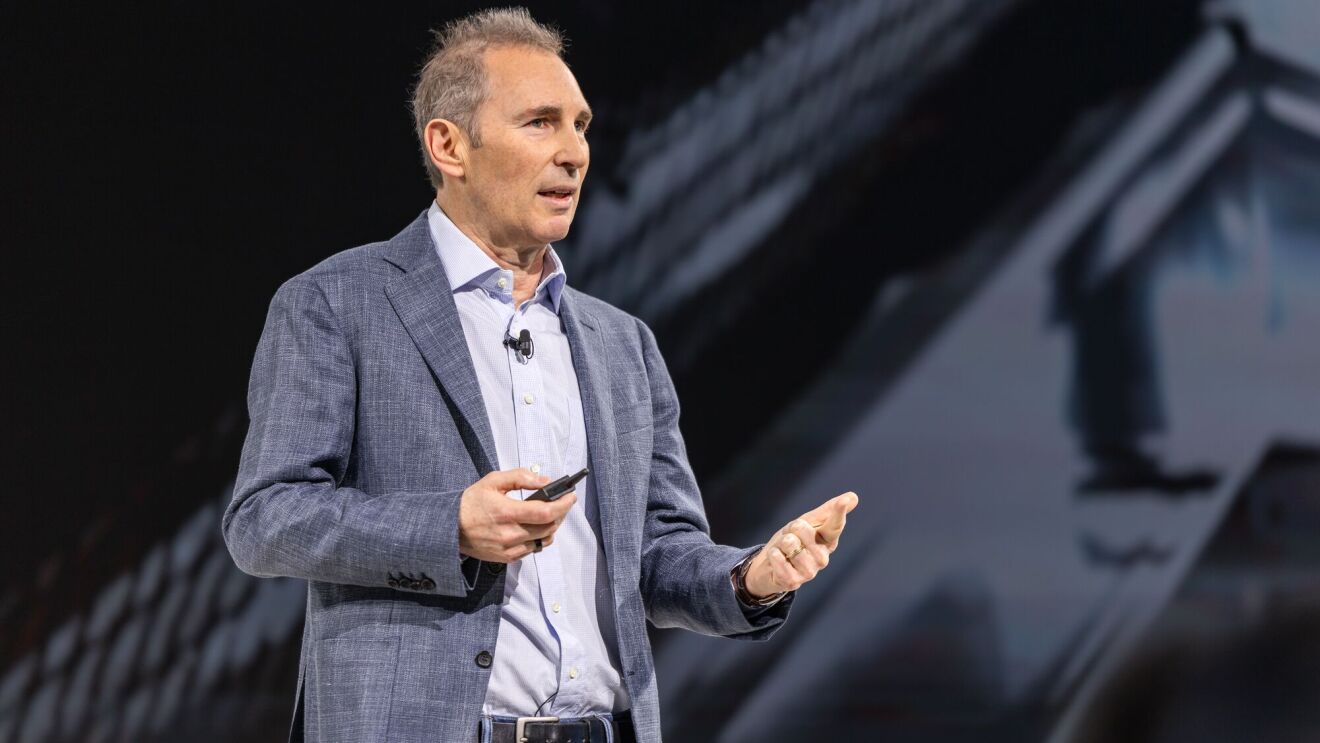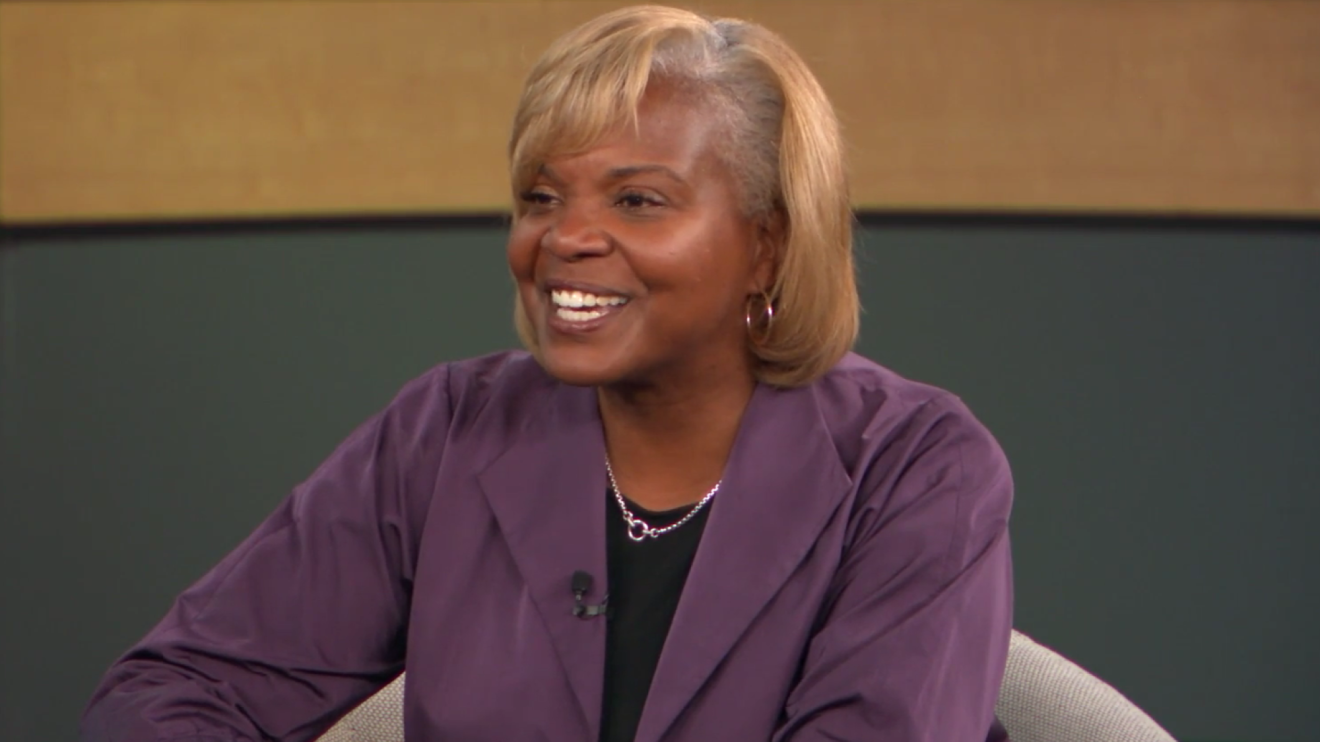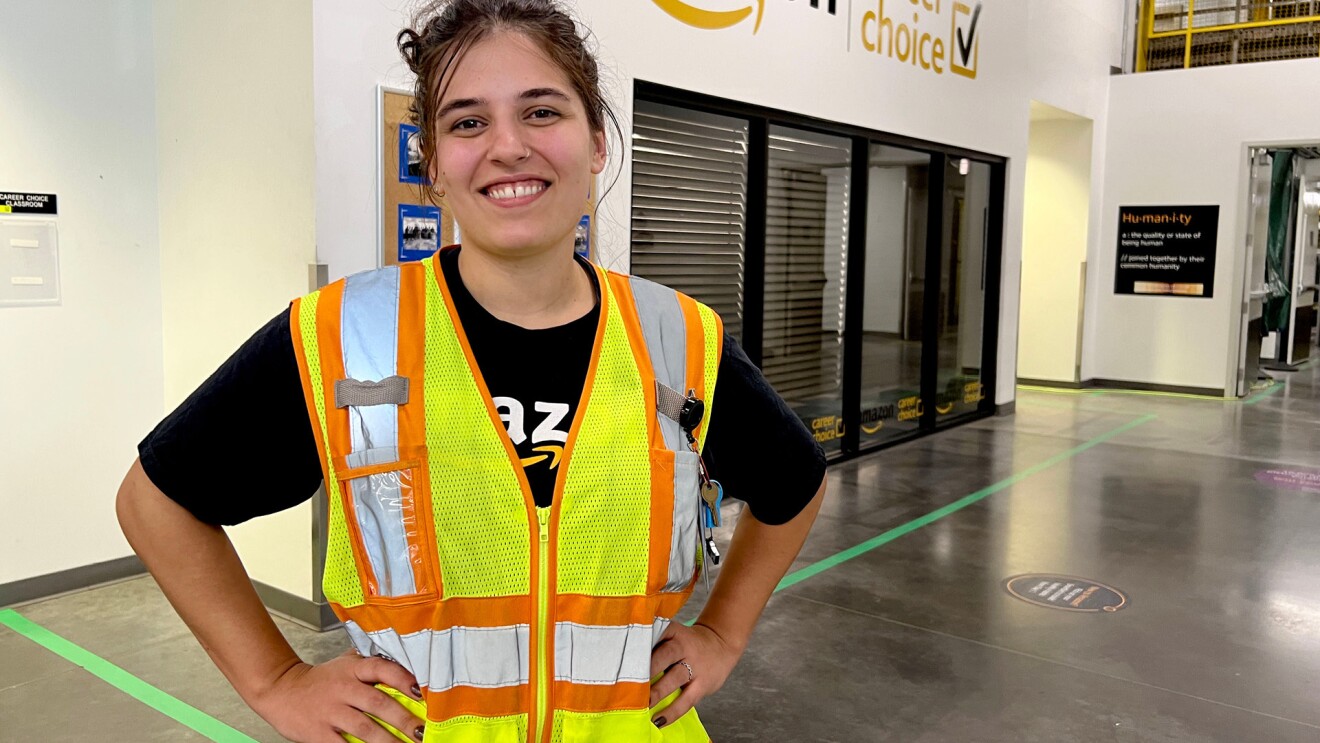Severe weather and natural disasters have the potential to devastate communities. While Amazon can’t control when or where these take place, we can control how we prepare and respond to them. Leading the charge is Amazon’s Chief Meteorologist Victor Rodriguez, whose Critical Incident Operations (CIO) team prioritizes the health and safety of our employees and partners before, during, and after severe weather.
 Amazon's Chief Meteorologist Victor Rodriguez
Amazon's Chief Meteorologist Victor RodriguezPrior to his tenure at Amazon, Rodriguez served in the U.S. Marine Corps as a meteorological and oceanographic (METOC) forecaster analyst and the METOC chief warrant officer. As the Meteorological Department head, Rodriguez supported NATO civil-military operations at Herat International Airport, in Afghanistan, and provided global METOC support in Asia-Pacific, Central Asia, the Middle East, and the U.S. He also led the establishment of regional and global meteorological centers, providing civil, military, and specialized meteorological support with the mission of keeping everyone safe.
“My time in the Marines taught me how critical it is to stay ahead of, not behind, weather disasters,” Rodriguez said. “The same applies to my team at Amazon. We’re responsible for creating weather-related plans for our operations sites around the world by analyzing weather conditions and identifying hazards, risks, vulnerabilities, and exposure. Our impact-based forecasting enables us to predict how those conditions will impact various regions, which helps us stay prepared for emergency situations, so we can keep our people and partners safe.”
To ensure everyone is educated and trained, all of our operations sites across the country have emergency preparedness plans in place that focus on disruption timelines and mandatory procedures of what to do in emergencies such as severe weather. Our operations site leaders familiarize their teams with their building plans, nearest exits, designated severe weather assembly areas, and site rally point locations outside of the building. In addition, site-wide drills are held at least twice a year to ensure everyone knows exactly what to do in the event of an emergency and where they may need to evacuate or shelter in place.
Rodriguez’s team also uses meteorological data to provide sites with the intelligence they need to make decisions in real time. This information helps determine details like site closures and evacuation routes, which are presented to sites within 24–36 hours of a major storm system making landfall. The data also enables us to communicate with drivers delivering for Amazon on the road in real time if severe weather may impact their route, so they can seek shelter and reroute if needed. For example, recently Rodriguez and his team served a critical role in prepping site leaders for Hurricane Hilary (California) and Hurricane Idalia (Florida). The team served as the source of truth for all site leaders in the path of these storms by providing locally tailored modeling and forecasting information several days in advance, to prepare teams so they could ensure employee safety and adjust operations as needed. In Florida, site leadership proactively planned and closed 43 facilities during Hurricane Idalia to ensure employees’ and partners’ safety.
At times, the CIO team provides some predictability during unpredictable weather. For example, they were able to forecast the intensification of the Canadian wildfires earlier this summer. With that knowledge, Rodriguez’s team helped our ground-level leaders understand how wildfire smoke would impact geographic regions unlike ever before. Armed with the data, Amazon was able to overnight more than 400,000 N-95 face masks and additional air scrubbers to sites before the smoke blanketed the Northeastern seaboard. In turn, the CIO team works proactively and constantly monitor air quality in and around our sites.
“Throughout my career, I have always advocated that meteorology can provide decision-makers with strategic, operational, and tactical advantages,” said Rodriguez. “We can use those advantages at Amazon to keep our people and communities safe.”
With Rodriguez and team at the helm supporting Amazon’s weather preparedness work, Amazon can have emergency action plans for every individual that touches our logistics network with one goal—keep everyone safe.
Learn more about how Amazon is helping to keep employees and partners cool in the heat. You can also sign up for a tour to experience one of our sites firsthand.
Trending news and stories











